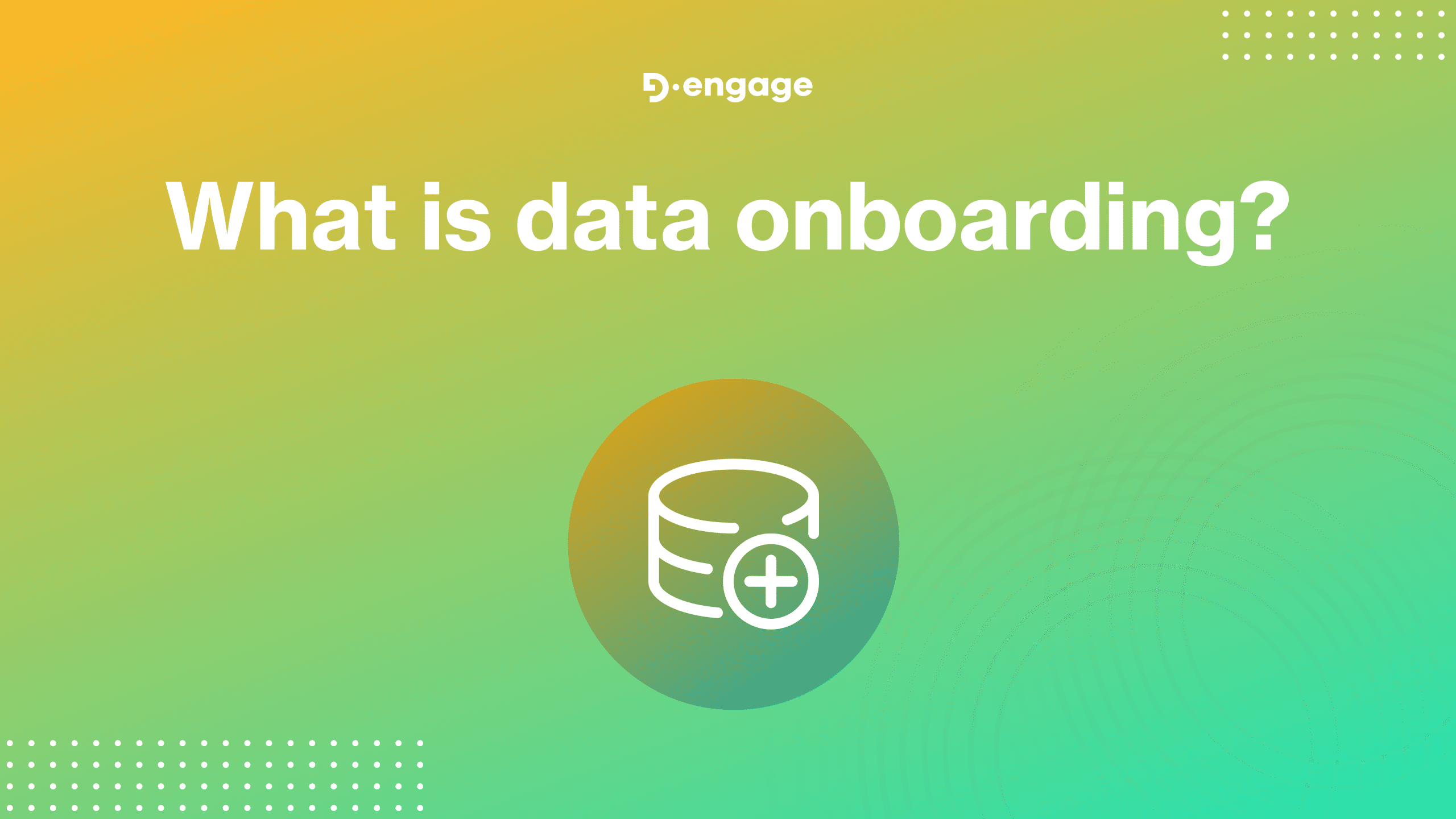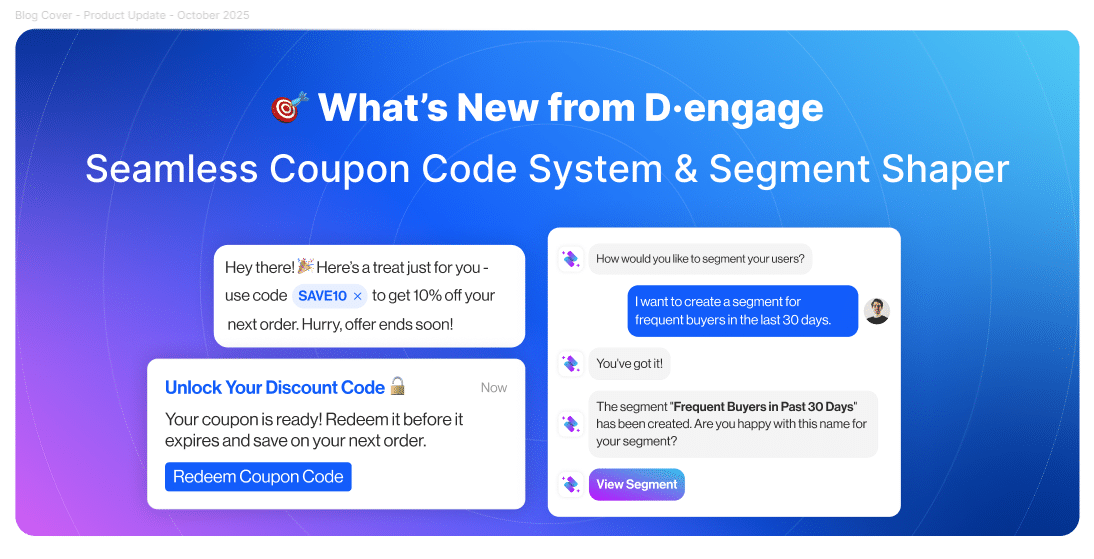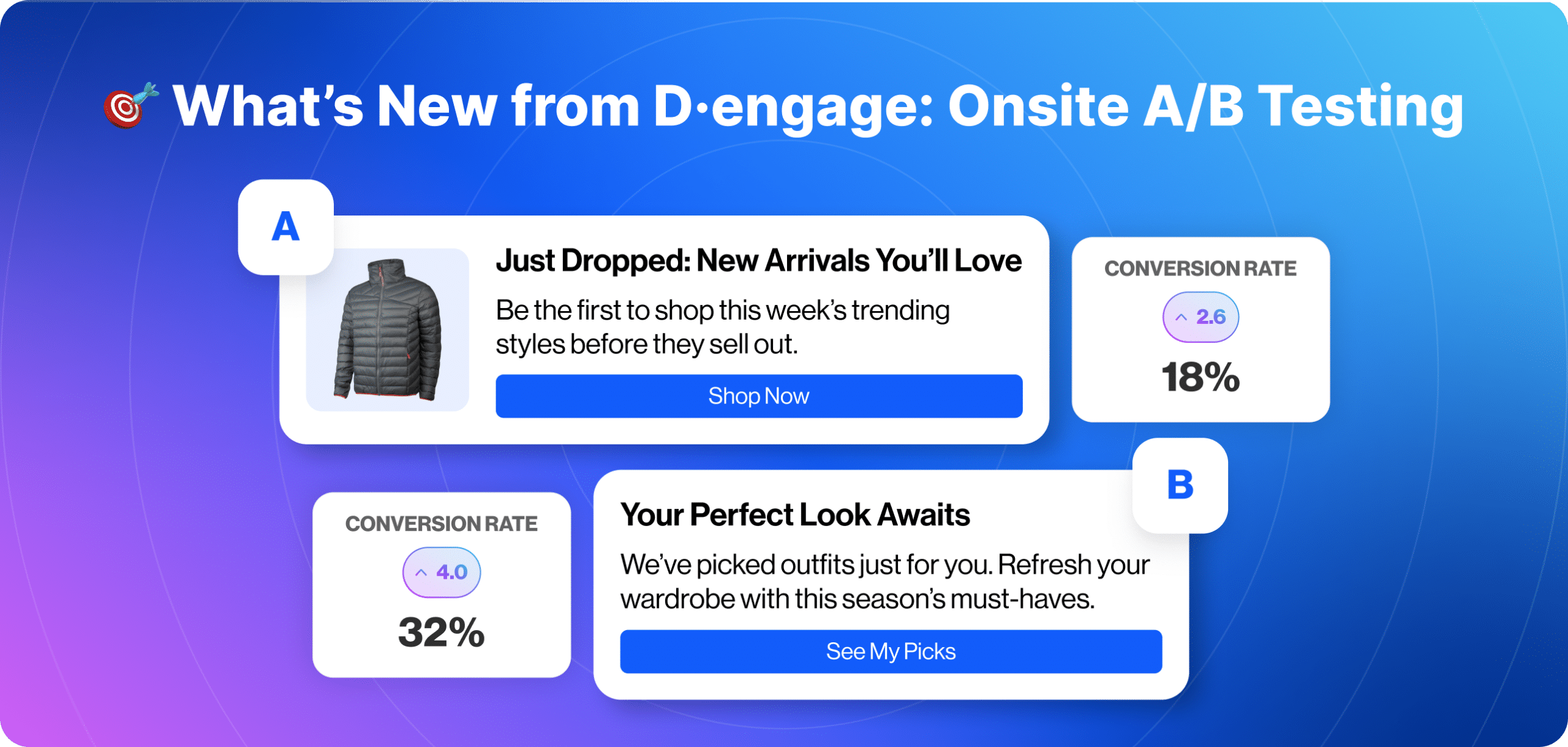Data onboarding is a crucial process in today’s data-driven marketing landscape. It refers to the method of transferring offline data into online environments, enabling companies to utilize comprehensive customer insights across digital channels. As organizations increasingly seek to merge disparate data sources to create a unified customer view, understanding the nuances and benefits of data onboarding is essential.
Understanding Data Onboarding
Data onboarding involves converting offline data, such as customer purchase histories and contact details, into an online format that can be integrated with digital marketing platforms. This integration facilitates targeted advertising, personalized marketing campaigns, and improved customer engagement.
The Process of Data Onboarding
- Data Collection: The first step involves gathering offline customer data from various sources like CRM systems, transaction records, and loyalty programs.
- Data Matching: The collected data is matched with online identifiers such as email addresses or cookies to create a unified customer profile.
- Data Transfer: The matched data is then securely transferred to digital marketing platforms.
- Data Activation: Finally, the onboarded data is used to inform and enhance marketing campaigns across multiple channels.
Importance of Data Onboarding
The primary goal of data onboarding is to bridge the gap between offline and online data, providing a holistic view of the customer. This comprehensive view enables businesses to deliver more personalized and effective marketing strategies.
Industry Insights
In an era where personalization is paramount, data onboarding is more important than ever. According to a report by the DMA, 72% of consumers say they only engage with personalized messaging. Furthermore, companies that excel at personalization generate 40% more revenue from those activities than average players, according to a McKinsey report.
Benefits of Data Onboarding
- Enhanced Personalization: By combining offline and online data, businesses can create highly personalized marketing messages that resonate with individual customers.
- Improved Customer Experience: A unified view of the customer allows for seamless and consistent interactions across all touchpoints, enhancing the overall customer experience.
- Increased ROI: Targeted and personalized campaigns are more effective, leading to higher conversion rates and a better return on investment.
- Data-Driven Decisions: Access to comprehensive customer data enables more informed decision-making and strategic planning.
Statistics Highlighting the Importance of Data Onboarding
- Targeted Advertising: Businesses using data onboarding for targeted advertising see an average 20% increase in ad effectiveness.
- Customer Insights: Companies that integrate offline and online data report a 30% improvement in customer insights, according to Gartner.
- Marketing Efficiency: Organizations utilizing data onboarding experience a 25% increase in marketing efficiency.
- Revenue Growth: Data onboarding contributes to a 15-20% increase in revenue growth for companies, as reported by Forrester.
- Customer Retention: Businesses that implement data onboarding strategies achieve a 10% higher customer retention rate.
How Data Onboarding Transforms Marketing
Personalized Marketing Campaigns
With data onboarding, marketers can tailor campaigns based on a complete understanding of customer behavior. For instance, a customer who frequently purchases sports equipment offline can be targeted with online ads for the latest sports gear, creating a cohesive and relevant marketing experience.
Omnichannel Marketing
Data onboarding enables true omnichannel marketing by ensuring that customer data is consistent and up-to-date across all channels. This means customers receive a seamless experience whether they interact with a brand online, in-store, or via mobile.
Enhanced Analytics
Onboarding data enhances analytics capabilities, allowing businesses to track and measure the effectiveness of their marketing efforts more accurately. This leads to better optimization of marketing strategies and improved performance.
Challenges and Solutions
Data Privacy Concerns
One of the main challenges of data onboarding is ensuring compliance with data privacy regulations. Companies must implement robust security measures and obtain proper consent to use customer data.
Data Quality
The success of data onboarding depends on the quality of the data being onboarded. Businesses need to ensure that their data is accurate, up-to-date, and free from duplicates.
Conclusion
Data onboarding is a powerful tool for modern marketers, enabling them to leverage comprehensive customer data to drive personalized and effective marketing strategies. By understanding and implementing data onboarding, businesses can enhance customer engagement, improve marketing ROI, and achieve significant growth.
By integrating these practices, organizations can stay ahead in the competitive market, ensuring a strong, data-driven approach to customer engagement and retention.



